Vaucher Manufacture Fleurier – A Look Behind-The-Scenes Of The Watch Industry

Over the last few years, we have reviewed quite a few brands and their manufactures. From the largest ones, for instance those owned by groups like Swatch Group, Richemont or LVMH, to the smallest ateliers of independent watchmakers. Recently, we had the opportunity to visit another type of manufacture, one that is not part of a brand but rather a supplier. The name is probably familiar to you already as they are one of the most prominent high-grade movement makers for third-parties; Vaucher Manufacture Fleurier.
Vertical integration has been one of the major drivers of the watch industry over the past several years. Groups and brands have invested massively in their production tools to support their upmarket efforts and secure sourcing. The words In-house and manufacture seem to be on every one’s lips these days, however, the realty is somewhat different. This is a good thing because, although in-house often lays the foundation for quality, mastery and creativity, it is not an end in and of itself. It has never been, as watchmaking was born as a cottage industry.
Many brands source their movements – or parts of their movements – from third parties. On one hand, the entry-level/mid-range movement market is dominated by a few players (in particular ETA, SELLITA and SOPROD) producing hundreds of thousands of units every year. On the other hand, there are very few large players for high-end movements, particularly now that major manufacturers like Frédéric Piguet and Lemania have been integrated into brands (Blancpain and Breguet respectively). Vaucher Manufacture holds a rather unique position in this segment, being one of the most prominent makers with a production significantly above the rest, at 14,000 units per year (with a potential of 35,000).
Vaucher manufactures movements for prestigious brands such as Parmigiani Fleurier (Vaucher is Parmigiani Fleurier’s movement Manufacture), Hermes, Richard Mille, Corum, Baume & Mercier and Fabergé, just to name a few. Vaucher also works with some small independent watchmakers such as Speake-Marin and Alexandre Meerson.
The superb micro-rotor movement of the Parmigiani Fleurier Tonda 1950 based on the Vaucher 5400 series
Vaucher manufactures movements that come in basic configurations, with a choice of hours-minutes-seconds-date indications. The different families of movements offer a large variety, with different sizes available for instance. These are produced with different levels of personalization and finishing, following clients’ requirements. In particular, the shape of the bridges, their finishing or their material can be adapted. Among its numerous products, the Vaucher movement portfolio includes two main families:
- Vaucher 3000 family, automatic movements with or without date, 10 ½ or 11 ½ lines (for the basic configuration), 28,800 vibrations per hour.
- Vaucher 5400 family, extra-flat micro-rotor movement, 13 ¼ lines, 21,600 vibrations per hour.
The Seed VMF 5401 extra-flat skeleton movement with moon phases indication
The movements of these families are offered across a wide range of variations covering different sizes, functionalities or specialties (tourbillon escapement for instance, seed VMF 3024 and 5430). They include several technical features (depending on the movement) that make them stand out from a quality perspective and that you would not necessarily find on entry-range movements, such as a variable inertia balance for improved isochronism, double rapid rotation barrels, a micro-rotor, high-end finishing, special executions manufactured in short series, etc.
The automatic Tourbillon Seed VMF3024
The movements can also be designed to accommodate modules to offer additional indications, for example, chronograph modules from Dubois-Depraz. In the same way, Hermes has been coupling several interesting Agenhor complications over the past few years with its Vaucher base movements.
Hermes, L’Heure Impatiente based on the Vaucher 3000 series with an Agenhor module.
With its large R&D department and internal laboratory, Vaucher is also involved in cutting edge developments: just think of PF Bugatti watches, the superb PF Chronor or the mind-blowing Senfine Escapement created with Parmigiani Fleurier. Lastly, Vaucher also operates a high-end private label, developing and producing watches for third party brands.
The extra-flat Flying Tourbillon 5430 with manual winding, one of the latest developments from Vaucher.
History and Company Profile
Vaucher was born in 2003, as a spin-off company of Parmigiani Fleurier. It is 75% owned by the Fondation de Famille Sandoz and 25% by Hermes International (since 2006).
Most of the components are manufactured in-house or inside the group of watchmaking companies controlled by the Sandoz foundation. Atokalpa manufactures wheels and most of the assortments (the escapement and the balance wheel, including its spring), strategic components manufactured by a handful of companies in Switzerland. Elwin produces precision turned parts (screws, pins, etc.). Quadrance et Habillage manufactures dials and Les Artisans Boîtiers cases.
Along with its sister companies, Vaucher is a rare example of fully integrated manufacturing encompassing almost all watchmaking components – everything but jewels, crystals, mainsprings and leather straps. This allows for independence as well as full control over operations and quality. It also offers the possibility to customize production according to client requirements, when needed.
Stamped components (keyless works)
Vaucher is based in Fleurier, a few blocks away from Parmigiani. The manufacturing facilities encompass all trades necessary for the development and manufacture of movements, apart from engine turned components and assortments made by Atokalpa and Elwin. The machine park is rather impressive. Components are mostly machined or stamped. Laser cutting allows for a number of manufacturing operations requiring precision and flexibility. Wire spark erosion is also used in particular to produce stamping tools. The variety of techniques used and the expertise acquired allows Vaucher to work with a variety of materials: brass, German silver, gold and titanium.
Fleury machining centers (left) and laser cutting machine (right).
Parts are finished using a wide array of finishes – perlage, beveling, snailing, sanding, Geneva stripes, sunray brushing, polishing or engraving to name a few. Electroplating is also performed in-house.
In the decoration workshop: hand-chamfering of a bridge (left) and perlage (right)
Inside the electroplating department
Once the metal parts are finished, they go through the traditional production cycle:
- T0: pre-assembly (in particular setting jewels or metal pins)
- T1: movement assembly
- T2: watch assembly (for the watch private label activity)
Assembly of a 5430 flying tourbillon
Quality
While internal quality controls are performed troughout the production process, Vaucher certifies its production with third party organizations upon request. In particular the COSC, Chronofiable and the comprehensive Qualité Fleurier (for more information, read our technical perspective on certifcation here).
The CLA control center
Vaucher is also equiped with an innovative and performant machine to control their production. An exclusive development, its CLA allows for the testing of movements and cased movements (including water resistance) following a fully automated process without any human intervention that might disturb the different stages.
More details on www.vauchermanufacture.ch.

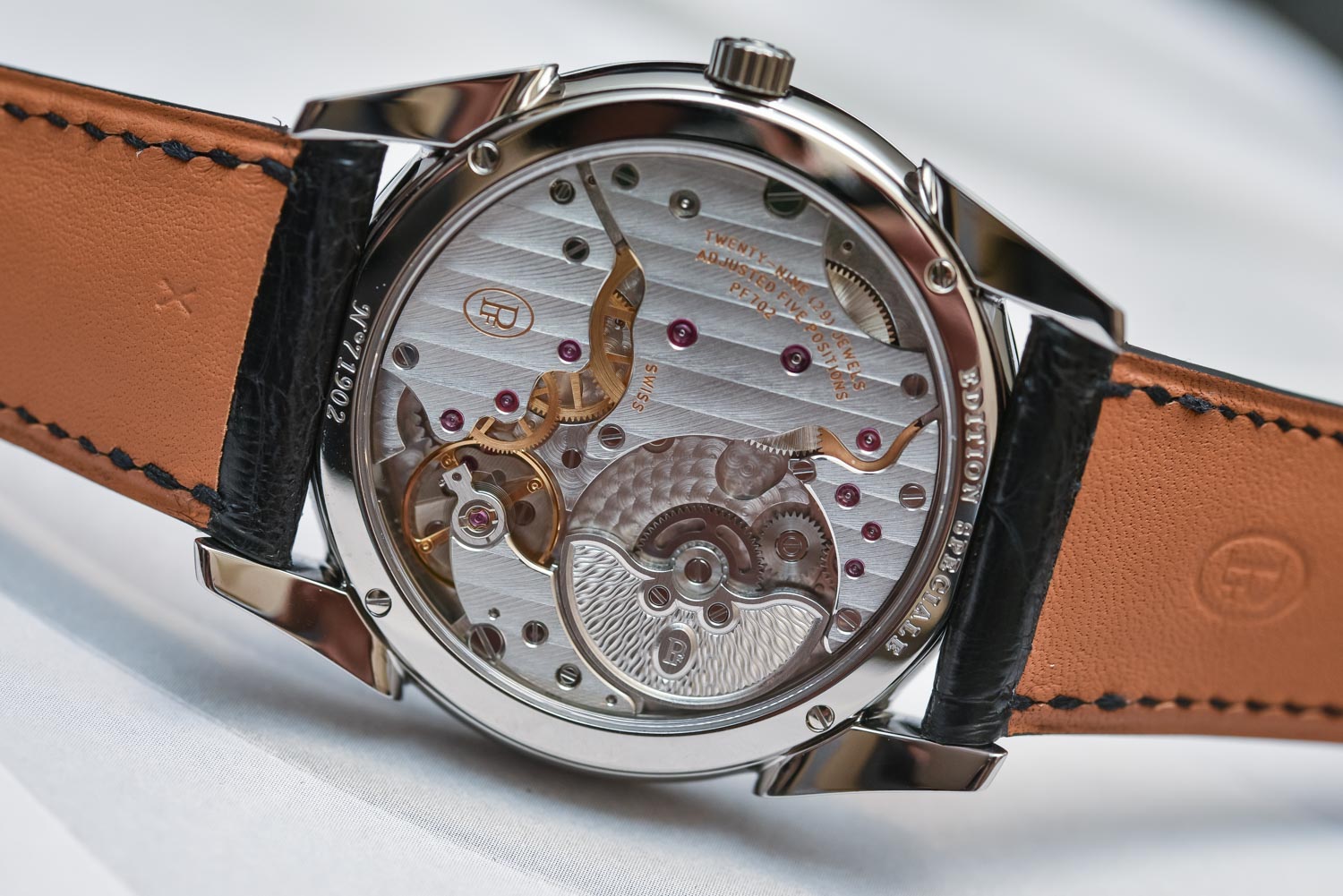
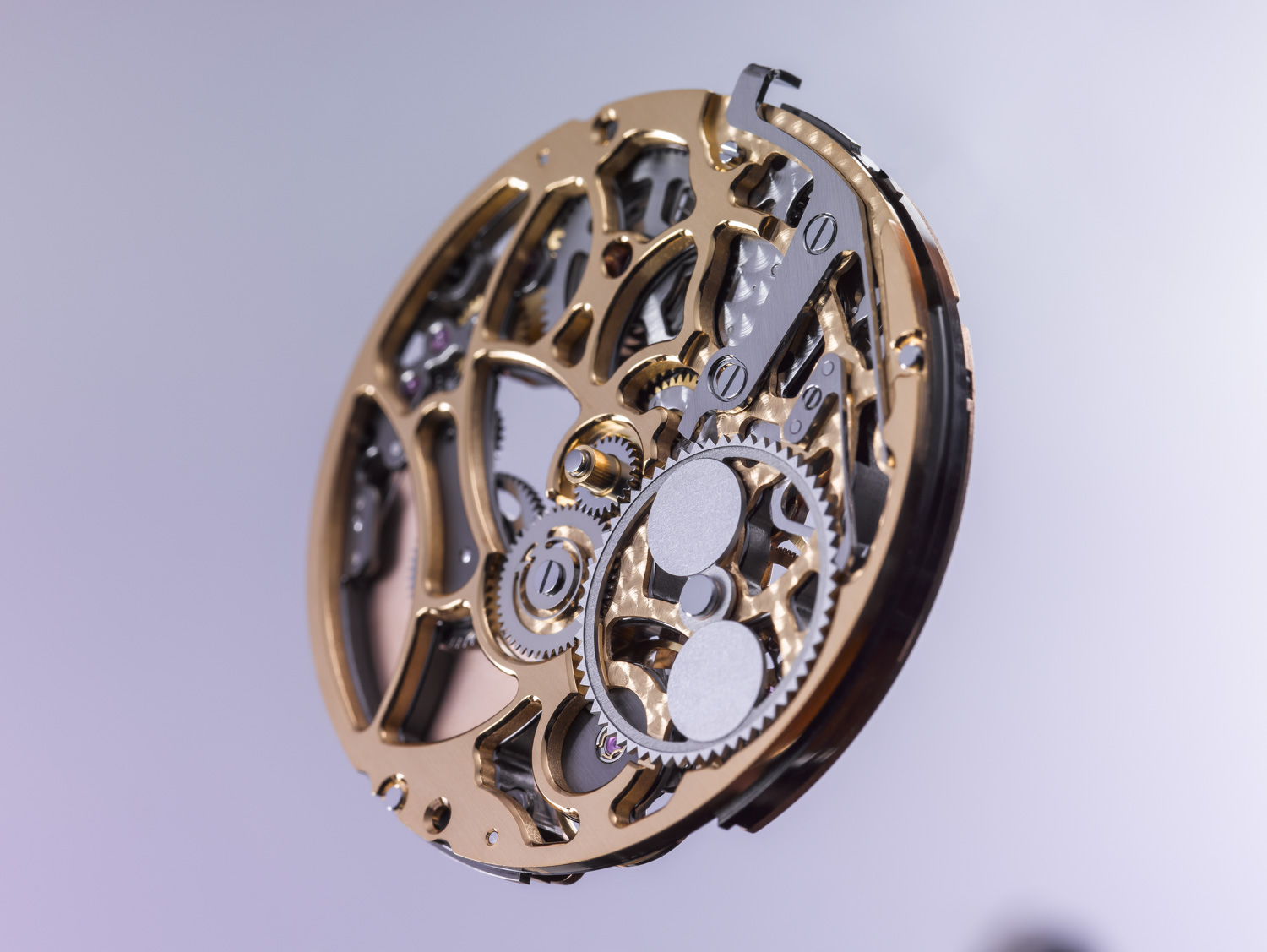
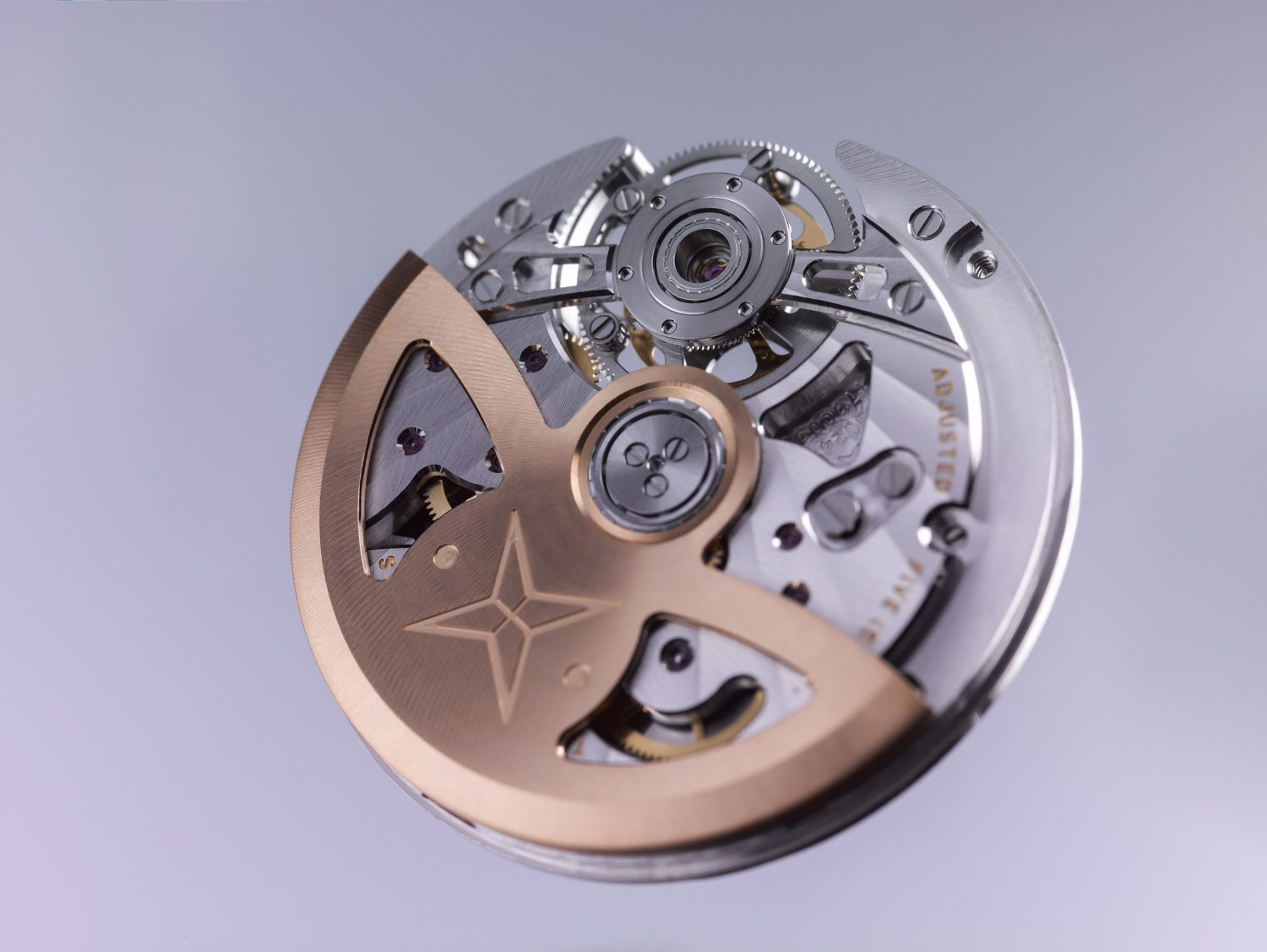
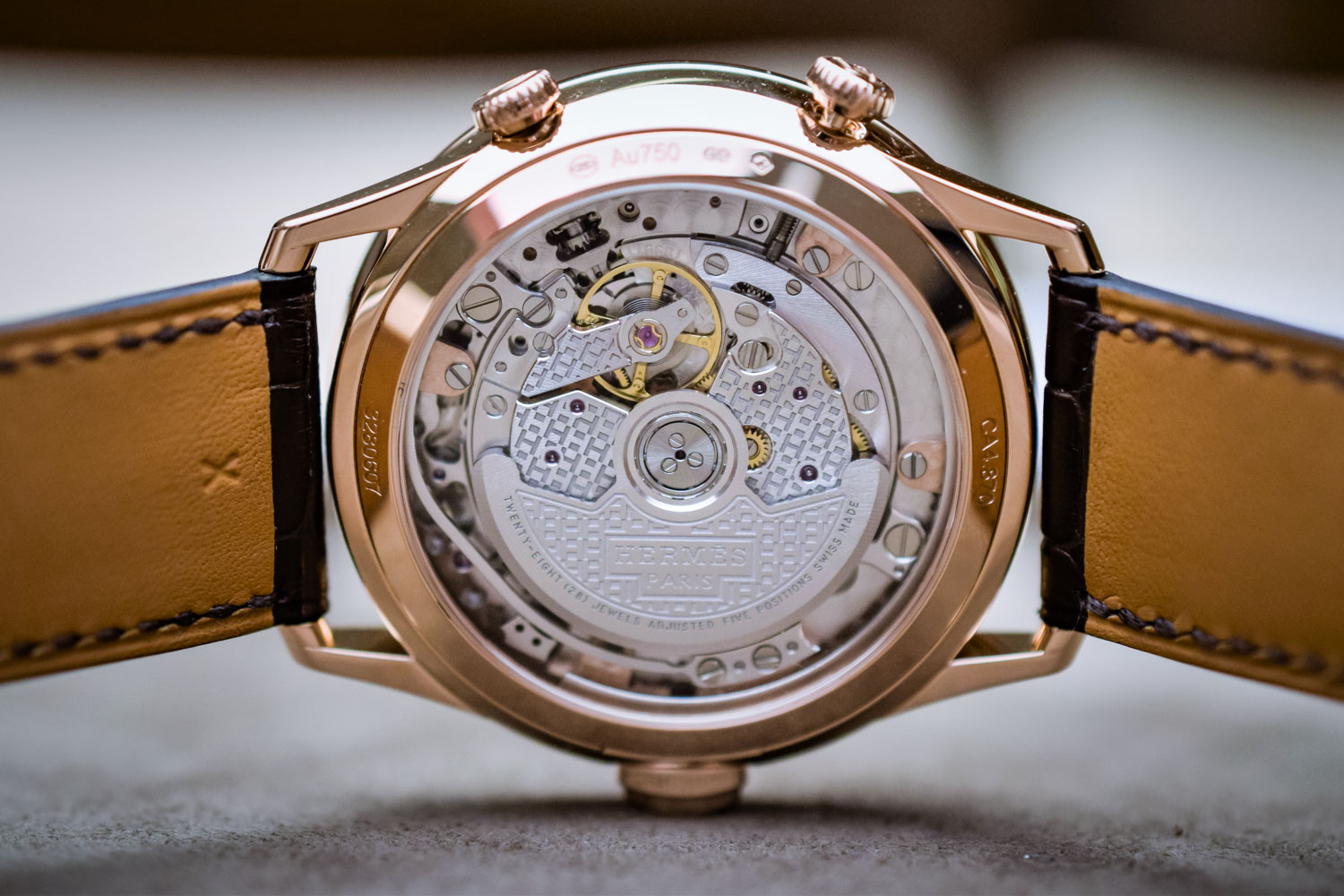


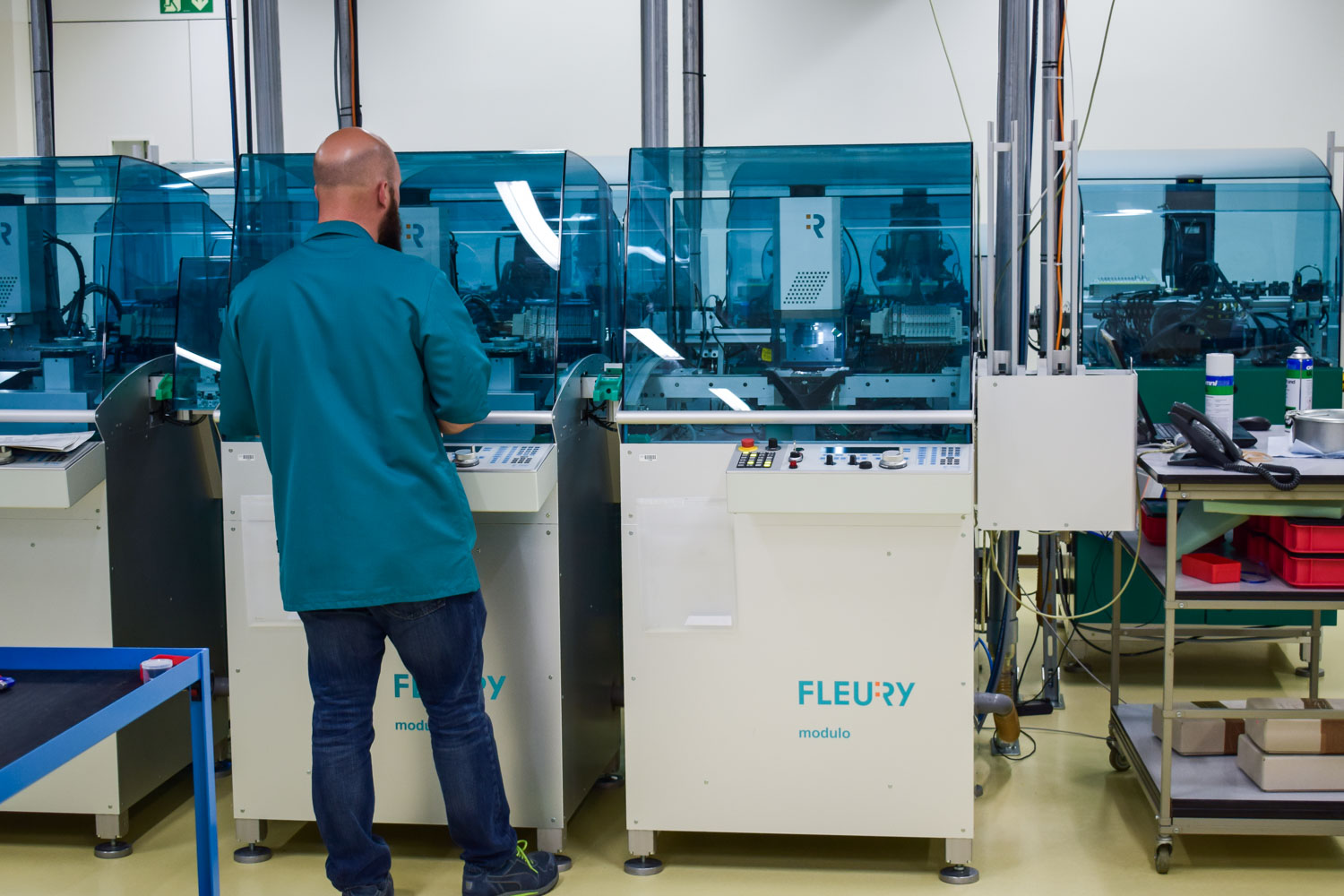
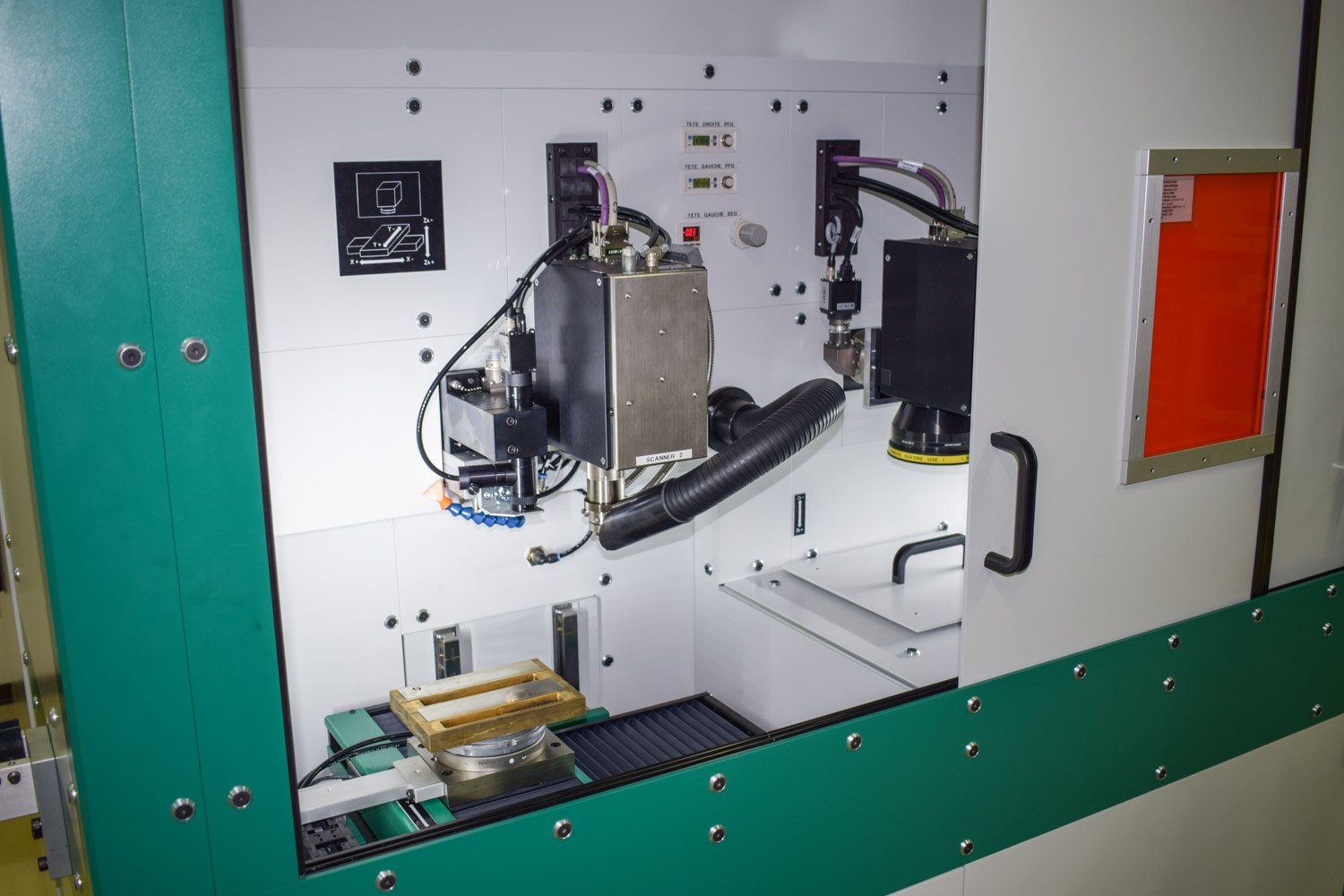
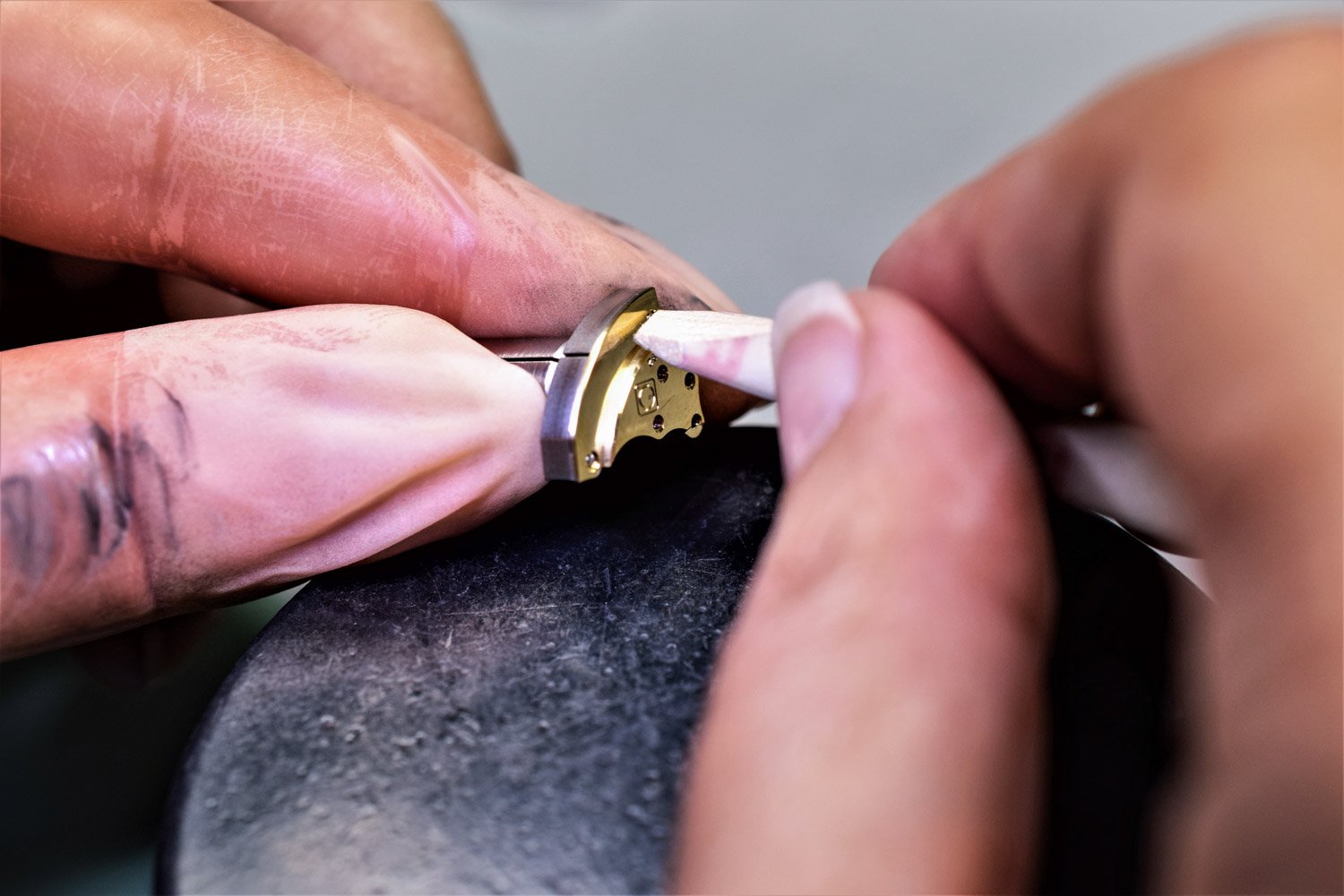

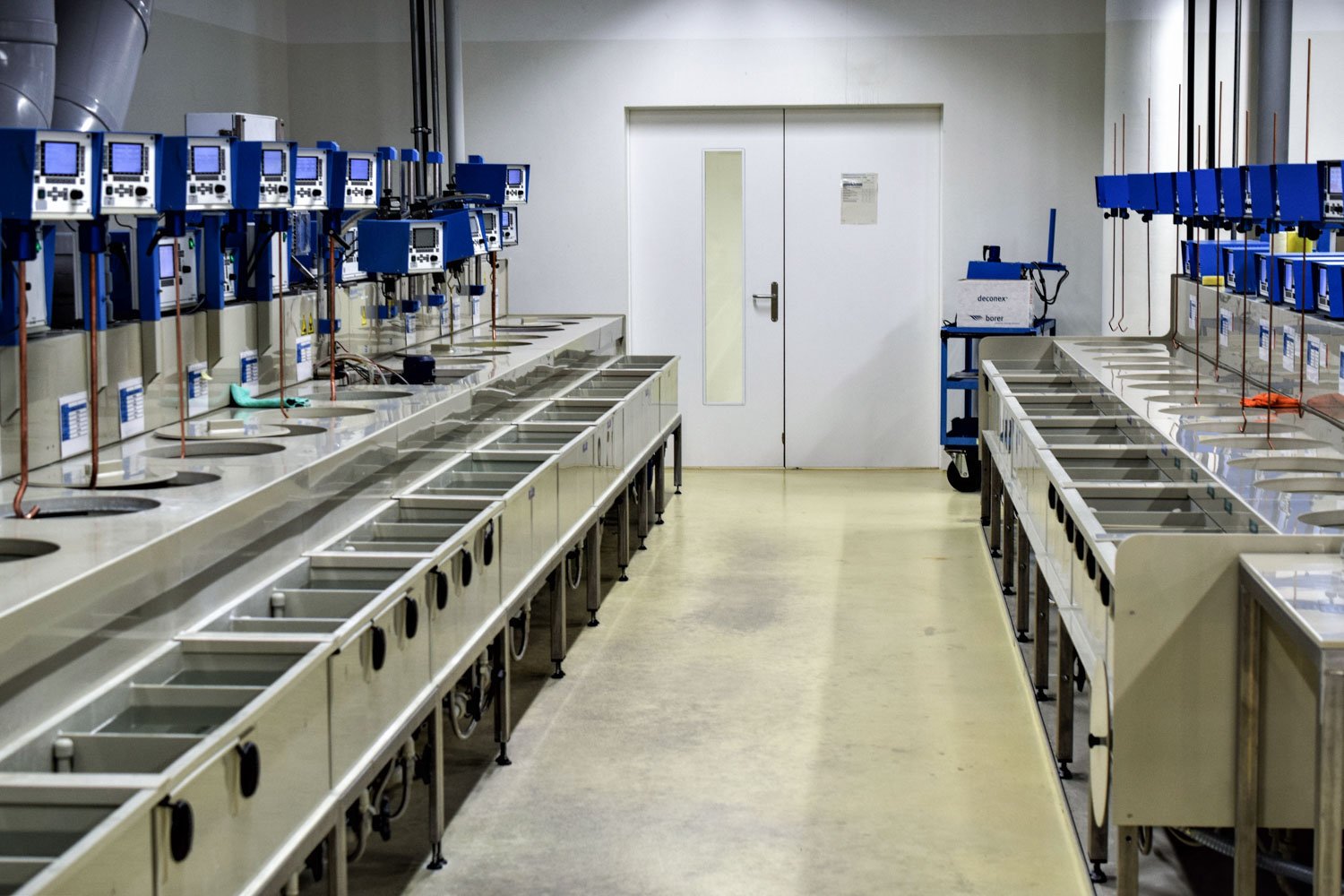
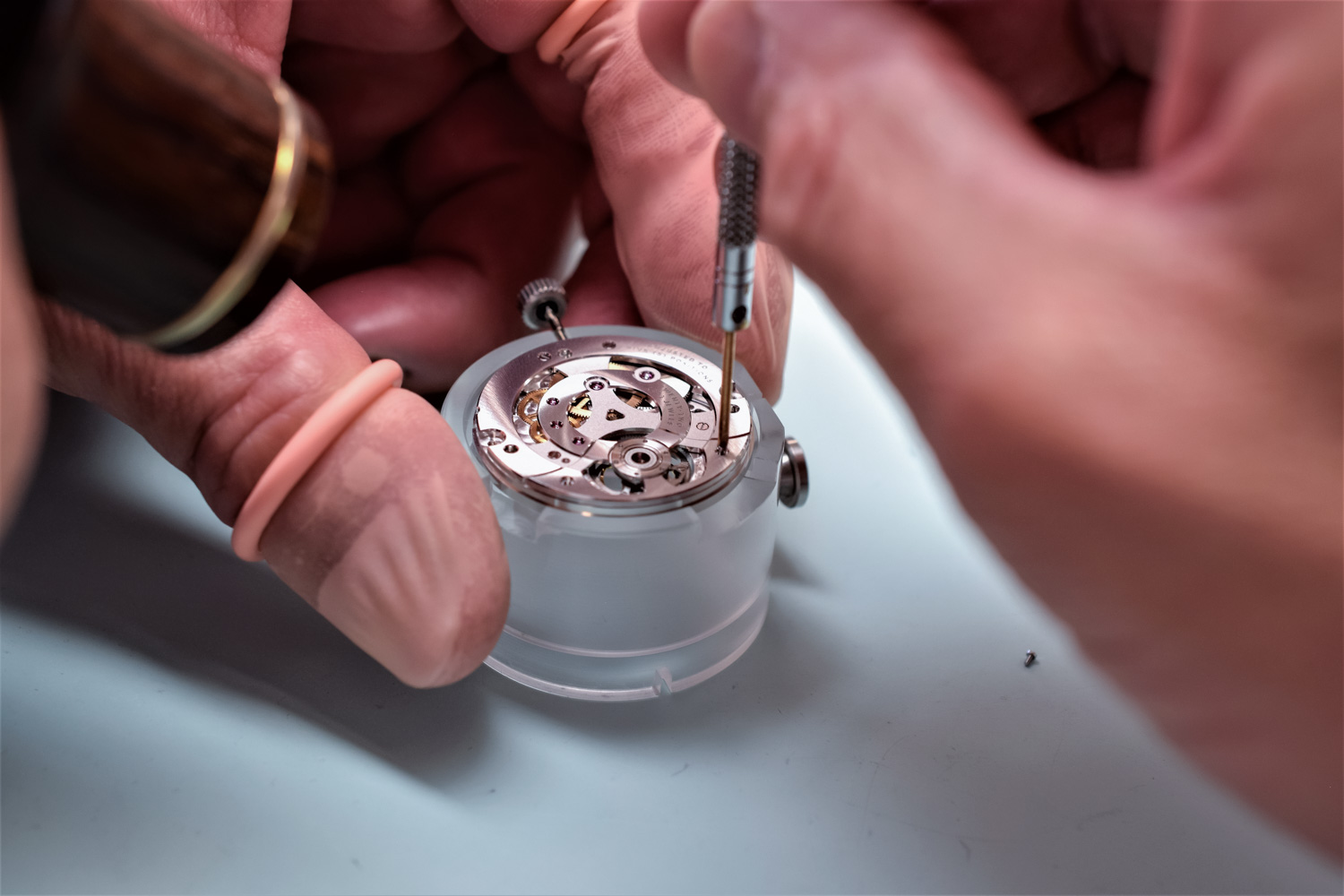
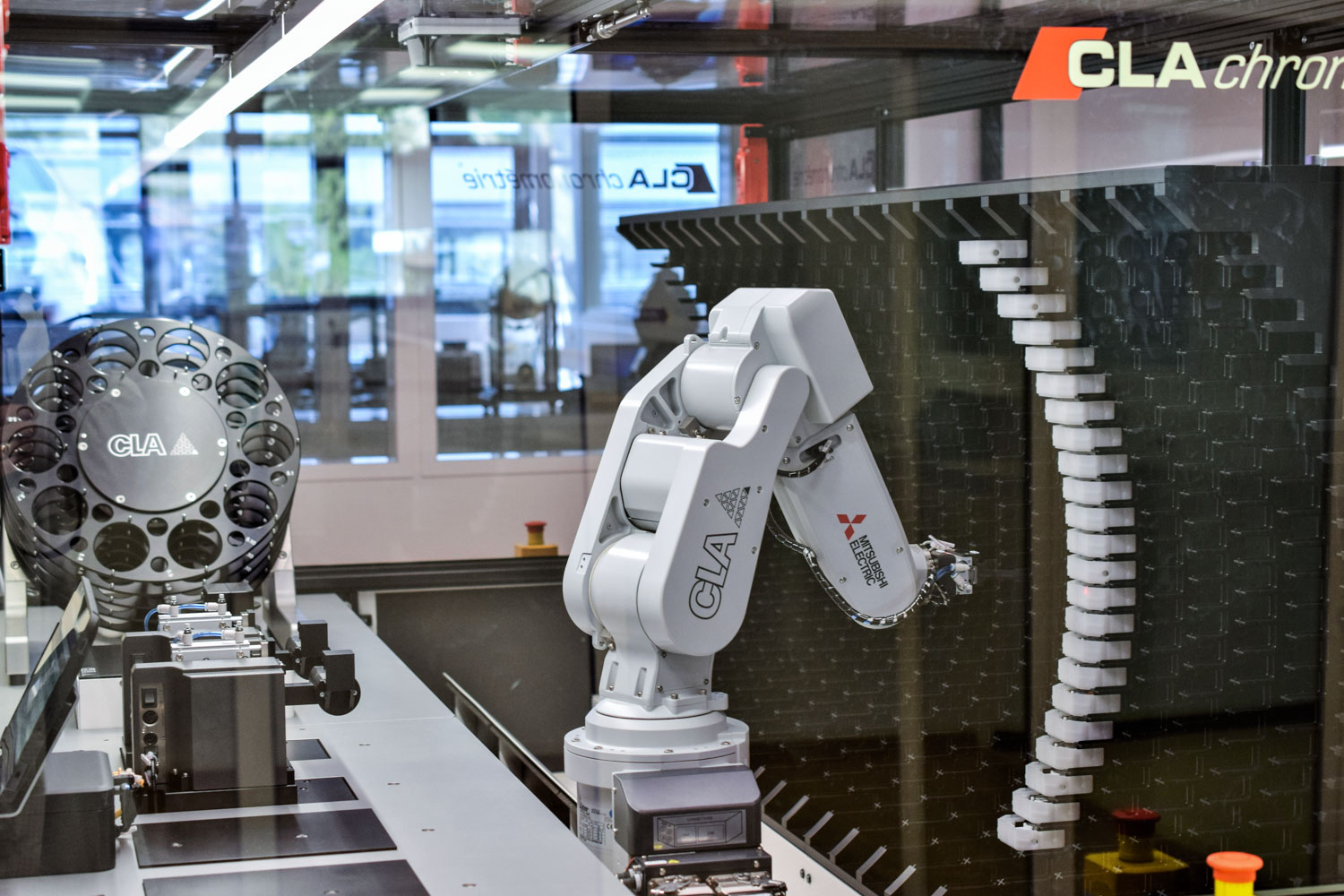



5 responses
Hi Xavier,
thanks for this comprehensive article which helps understanding how high-end brands suppliers work. We knew all about ETA, but there are other companies out there deserving great respect for their job.
Regards,
slide68
Thanks for sharing… I love these microrotor movements!
Thanks Slide68! Thanks for reading.
Xavier.
Please more of the same with more photos and in depth explanations. Like good food give me more. Thank you.
Thanks Tim and Shirley!